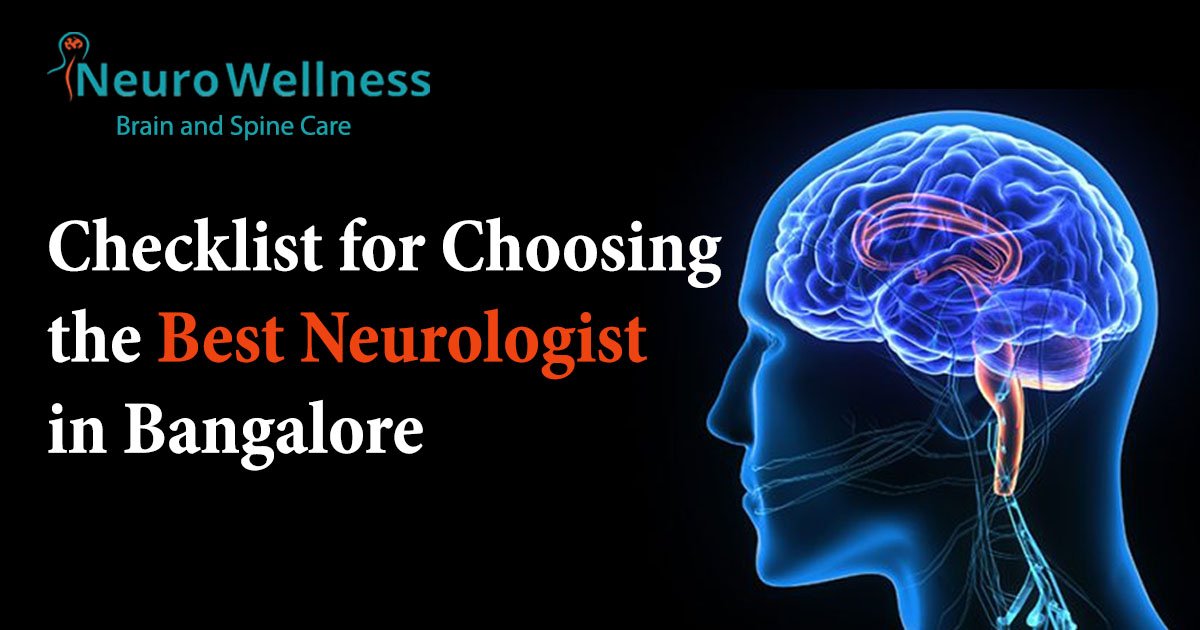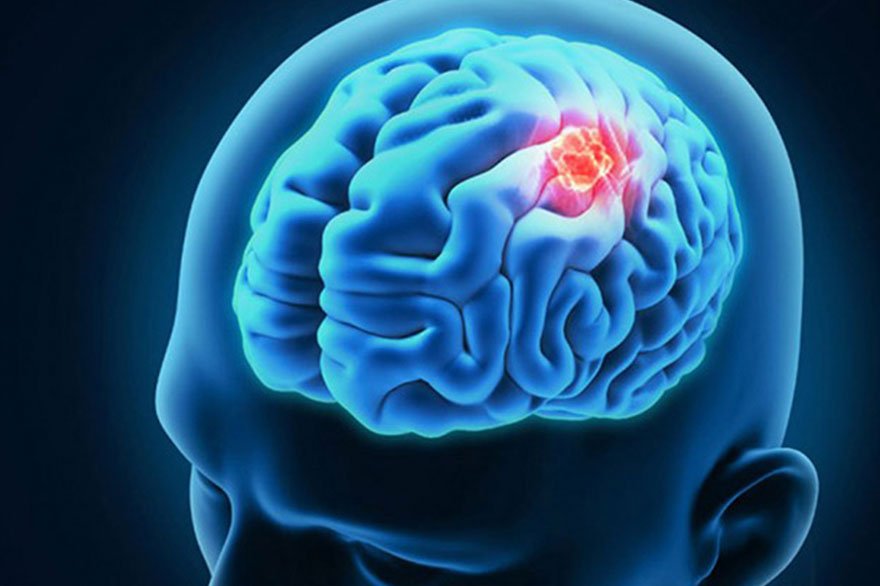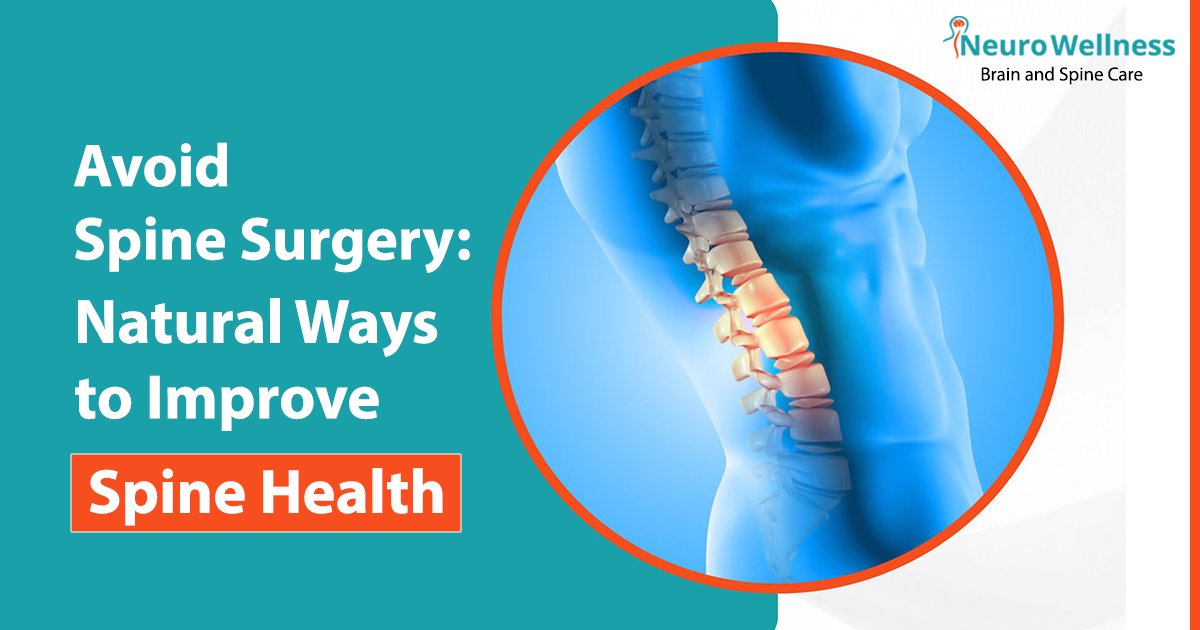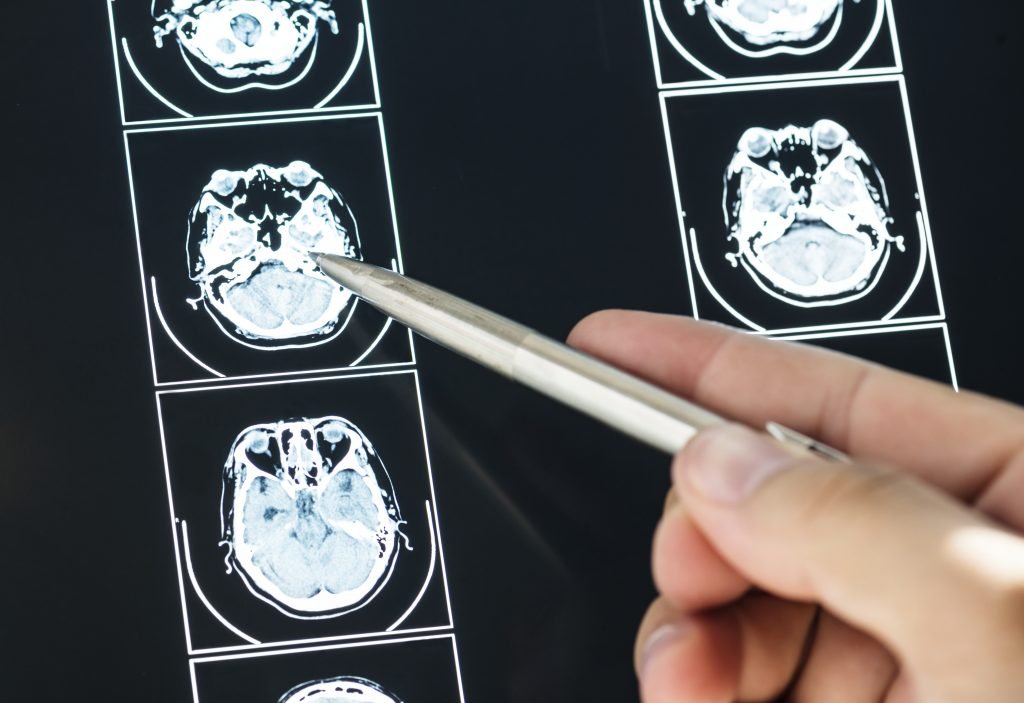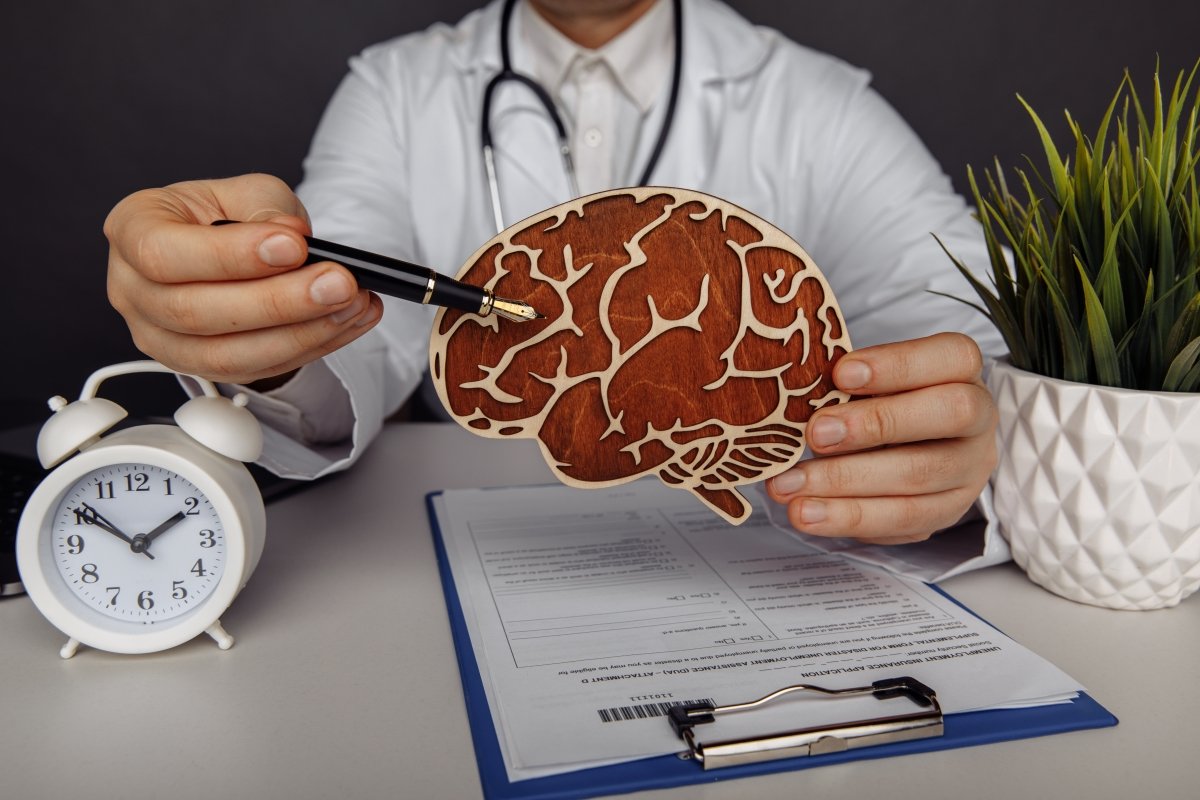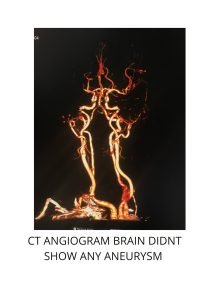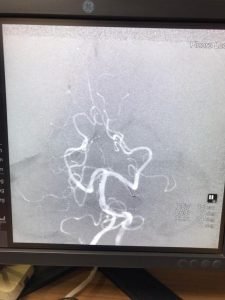Finding the best neurologist in Bangalore can be challenging, especially when you’re already dealing with the stress of a neurological illness. The stakes are high, and the options are numerous—whether the issue involves recurrent migraines, seizures, or a loved one in need of advanced care.
Without the right guidance, you risk facing incorrect diagnoses, inappropriate treatments, or unnecessary expenses that only add to your worries. Making the wrong choice could leave you feeling helpless in the face of complex health issues, delay your recovery, and destroy your quality of life.
However, there is a way to regain control over the situation. By using a clear checklist, you can effectively evaluate neurologists based on their facilities, patient care standards, and level of expertise. This guide simplifies the process, helping you make an informed decision and ensuring the best care for your neurological needs.
Why is choosing the best neurological care important?
Imagine waking up one day with headaches that don’t go away, dizziness that doesn’t go away, or even trouble moving your limbs. Despite being concerning, these symptoms are frequently ignored until they worsen and become a dangerous ailment. The requirement for accurate and skilled care becomes apparent in these situations. Because neurological illnesses are complex, a person’s health and quality of life can be significantly impacted by a single mistake in diagnosis or treatment.
Finding a doctor with a medical degree is only one aspect of selecting the greatest neurological care; another is making sure you can get individualized treatment from someone who is aware of the difficulties of your disease. A skilled neurologist provides hope, comfort, and the path to recovery in addition to diagnosis and treatment. Making this choice could mean the difference between successfully controlling symptoms and living with uncertainty for a long time.
By selecting the best neurological care, you are making an investment in your long-term health and well-being, knowing that skilled and knowledgeable specialists are taking care of your medical requirements.
Checklist for Choosing the Best Neurologist in Bangalore
Verify Credentials and Expertise
Start by evaluating the neurologist’s qualifications and experience:
- Education: Verify that the neurologist has earned a Doctor of Medicine (DM) in Neurology from an accredited institution.
- Specializations: Seek out a neurologist who specializes in treating your ailment, such as multiple sclerosis, Parkinson’s disease, or epilepsy.
- Experience: Consider the number of years they have practiced and their success rate in treating similar cases. Complex diseases are often better handled by an experienced neurologist.
Assess Hospital Affiliation and Facilities
The hospital or clinic where the neurologist practices is a key factor:
- Choose a neurologist affiliated with top hospitals in Bangalore known for advanced neurological care.
- Infrastructure: Verify the availability of diagnostic tools like MRI, CT scans, and EEG to ensure precise diagnoses.
- Comprehensive Care: Check if the hospital offers a multidisciplinary approach with access to neurosurgeons, physiotherapists, and critical care specialists.
Consider Accessibility and Convenience
Ease of access can reduce stress during treatment:
- Location: choose a neurologist whose clinic or hospital is within a reasonable distance, especially for emergency visits.
- Consultation Modes: Look for options like teleconsultations for follow-ups or initial consultations.
- Emergency Services: Ensure the hospital offers 24/7 emergency care for conditions like strokes or seizures.
Review Patient Feedback and Testimonials
Patient experiences can provide valuable insights:
- Online Reviews: Platforms like Practo or Google reviews can reveal the neurologist’s reputation and patient satisfaction levels.
- Success Stories: Testimonials or case studies can highlight the neurologist’s ability to handle complex cases.
- Word of Mouth: Recommendations from friends or family members can also guide you to a trusted professional.
Evaluate Communication and Comfort Level
Effective communication is crucial in healthcare:
- Doctor-Patient Rapport: A good neurologist should be approachable and willing to address all your concerns.
- Clarity: They should explain diagnoses and treatment plans in simple, understandable terms.
- Empathy: A neurologist who listens and provides a supportive environment can improve your overall experience.
Understand Treatment Costs and Insurance Coverage
Finances are an important consideration when choosing healthcare providers:
- Transparent Pricing: Request a detailed breakdown of costs for consultations, diagnostics, and treatments.
- Ensure the hospital accepts your insurance plan to minimize out-of-pocket expenses.
- Value for Money: Focus on the quality of care rather than just choosing the most affordable option.
Are you Ready to Choose the Best Neurologist in Bangalore?
Selecting the best neurologist in Bangalore is essential to treating neurological conditions and enhancing your life. Specialized care is needed for neurological diseases, and seeking advice from a qualified specialist guarantees proper diagnosis and treatment. Choosing a respectable neurology hospital in Bangalore gives you access to cutting-edge resources, multidisciplinary support, and comprehensive treatment that is personalized to your needs. You may make an informed choice that puts your health and well-being first by carefully weighing credentials, hospital services, patient reviews, and practical factors like cost and accessibility. Better results and future peace of mind are guaranteed when this action is taken today.
If you are looking for the best neurologist or a top-rated neurology hospital in Bangalore, Neurowellness is an excellent choice for your neurological care. The checklist mentioned above aligns perfectly with the high standards of a leading neurological hospital like Neurowellness Clinic. If you’re seeking effective solutions for persistent or severe neurological issues, Neurowellness can provide the expert care you need. Schedule a consultation today and take the first step toward a healthier and brighter future.
FAQs: Choosing the Best Neurologist in Bangalore
1. Why is it important to choose the best neurologist in Bangalore?
Choosing the best neurologist is crucial because neurological conditions are complex and can significantly impact your quality of life. A skilled neurologist ensures accurate diagnosis and effective treatment, reducing the risk of complications and promoting better health outcomes.
2. What qualifications should a neurologist in Bangalore have?
A qualified neurologist should have:
- A Doctor of Medicine (DM) in Neurology from a recognized institution.
- Specializations in treating specific neurological conditions like epilepsy, multiple sclerosis, or Parkinson’s disease.
- Substantial experience and a good track record in managing cases similar to yours.
3. How do I evaluate a neurologist’s expertise?
You can evaluate their expertise by:
- Checking their educational background and certifications.
- Reviewing their experience in handling cases similar to yours.
- Looking into patient reviews, success stories, and testimonials.
4. Why is the hospital or clinic affiliation important?
The hospital or clinic determines the quality of care you’ll receive. A reputable hospital offers:
- Advanced diagnostic tools like MRI, CT scans, and EEG.
- Multidisciplinary support, including neurosurgeons, physiotherapists, and critical care specialists.
- Comprehensive emergency services for conditions like strokes or seizures.
5. What factors should I consider for accessibility and convenience?
When evaluating accessibility, consider:
- The location of the hospital or clinic relative to your residence.
- Availability of teleconsultation options for follow-ups.
- 24/7 emergency services to handle urgent neurological conditions.
6. How do patient reviews and feedback help in choosing a neurologist?
Patient reviews provide firsthand insights into:
- The neurologist’s communication style, expertise, and approach to care.
- Success rates in managing complex neurological cases.
- Overall satisfaction with the treatment and hospital services.

